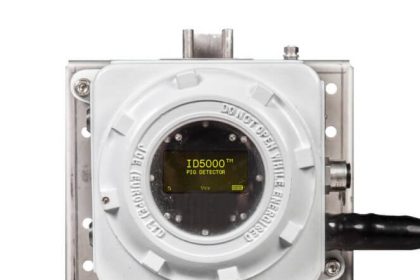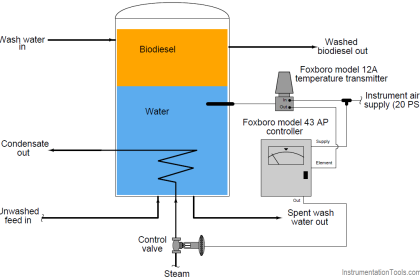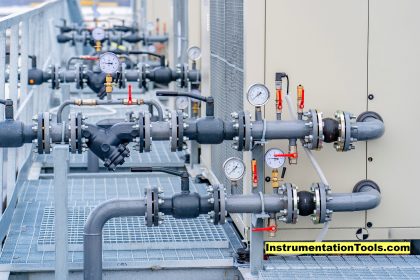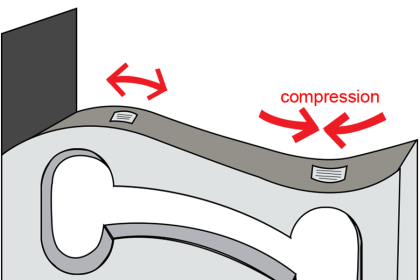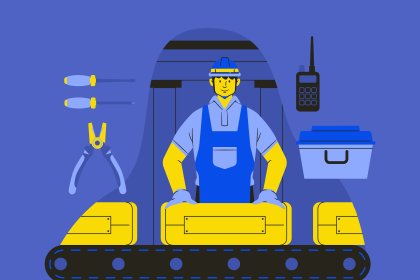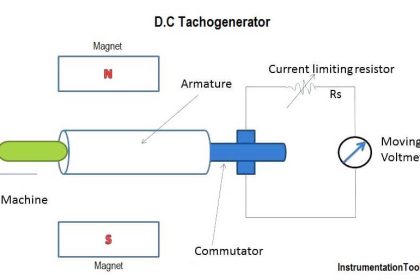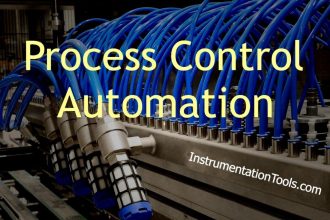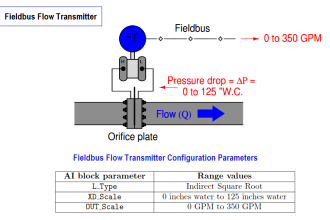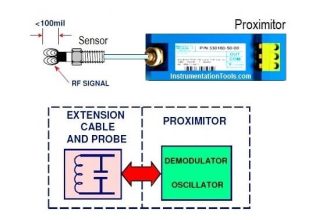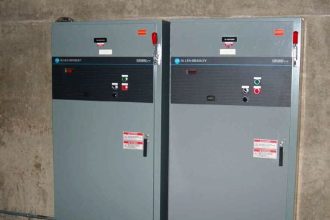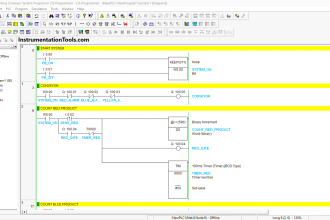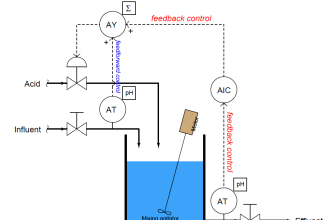In this article, we will learn the instrumentation engineer duties during a compressor shutdown job of a plant.
Before proceeding further, let us see all the instruments used for the safety of the centrifugal compressor or the controlling/operation of the centrifugal-type compressor.
Compressor Shutdown Job

The following instruments are installed in a centrifugal compressor:
- Control valves and their accessories
- Differential Pressure type flow meters
- Pressure transmitters
- Temperature transmitters and RTD/thermocouple
- Level Transmitter
- Vibration probes
- Pressure gauges
- Temperature gauges
- Pressure switches
- Flow switches
- Level switches
- Controller: PLC and its cards
Now let us discuss what jobs can be done during the shutdown on all the above-mentioned instruments
Control Valves and their Accessories
Two types of control valves are used in a centrifugal air compressor. One is Inlet Guide Vane (IGV) and the other is a Blow-Off Valve or Anti-Surge Valve.
So, we should do the stroke checking of both control valves. If any issue is found in the control valve during the stroke-checking activity, then we can go for calibration of the control valves.
Here one important thing to note is that the Blow-Off Valve or Anti-Surge Valve is an equal percentage type of valve characteristics in many compressors.
So, refer to any standard document before doing the job on Blow-Off Valve or Anti-Surge Valve. Check the physical condition of the Air Filter Regulator. Replace if necessary.
Replace the pressure gauges if needed. If any Solenoid Valve is present on the control valve, check the solenoid valve as per the standard procedure.
If any other valve accessory is present, then check the same. If a volume tank is present, then check the PSV of the volume tank.
The calibration of the PSV is very important. Make sure that the PSV is calibrated.
Differential Pressure type Flow Meters
Differential pressure type flow meters are installed in the compressor to measure the flow of the gas as well as one of the most important parameters i.e. flow of the cooling water. Hence, during every opportunity, the differential pressure type flow meters should be calibrated.
Also, whenever cooling water is isolated and again normalized there will be air trapped in the DP-type flow meter’s tubing. Hence, after normalization of the cooling water circuit, the DP-type flow meter of the cooling water should be flushed.
The flow of the gas is also used for calculating the Surge value. This Surge value is used in Surge Control System for the protection of the compressor. Inspect the orifice plate if any opportunity is available.
Pressure Transmitters
Pressure transmitters are used to know the pressure of suction, individual stage pressure as well as discharge pressure.
The values of the pressure are also used for calculating the surge value. Check the response of the pressure transmitters and do calibration if needed.
Temperature Transmitters and RTD/Thermocouple Sensors
Temperature transmitters are installed for suction gas, intercooler inlet, intercooler outlet, and discharge gas temperature measurement. The values of suction gas temperature and/or discharge gas temperature are taken for calculation of the Surge value.
The response of the RTD/thermocouple as well as the temperature transmitter should be checked. One important thing to note here is to carry out the inspection as well as the hydro test of the thermowell used for the RTD/thermocouple.
In most cases, thermowells are neglected.
Level Transmitter
Level transmitters are used for measuring the level of lube oil in the lube oil reservoir.
Generally, differential pressure level transmitters are used for the lube oil reservoir level measurement. Calibration of the level transmitter should be done after proper isolation of the lube oil system.
Vibration Probes
Characteristic checking, resistance checking, and response checking of the vibration monitoring system should be done in every shutdown.
Pressure Gauges
Pressure gauges are used for viewing the pressure of the lines on which they are installed.
Calibration of the pressure gauges is necessary because, during emergency conditions like a blackout, pressure gauges can be used to know the pressure in the system or the line on which they are installed.
Temperature Gauges
Temperature gauges also function like pressure gauges. Hence calibration of the temperature gauge is also necessary.
Pressure Switches
Pressure switches are installed in seal gas pressure or some other important pressure parameter on which the compressor should immediately trip.
Ensure that the contact used for the pressure switch remains closed when the pressure is healthy.
Flow Switches
Flow switches are installed in the cooling water flow line. Cooling water is one of the most important factors while the compressor is running. Because during the compression of the gas, the temperature of the gas increases.
Due to increased temperature, the volume of the gas also increases, and hence more energy is needed to compress the gas.
Hence intercoolers are given which have a cooling water flow to reduce the temperature of the gas. When the flow is healthy, the contact should be closed.
Level Switches
Level switches are required to monitor the amount of water in case of an air compressor in the intercooler.
If there is a high level of condensation in the intercooler then the compressor should trip. Here also, when the level switch is healthy, the contact should be closed.
A Controller like PLC and its cards
All connection tightening, panel cleaning jobs, and power supply checking in the PLC panel should be done during the shutdown of the compressor.
Also, Cause & Effect checking and Interlock checking should be done during the shutdown of a plant.

